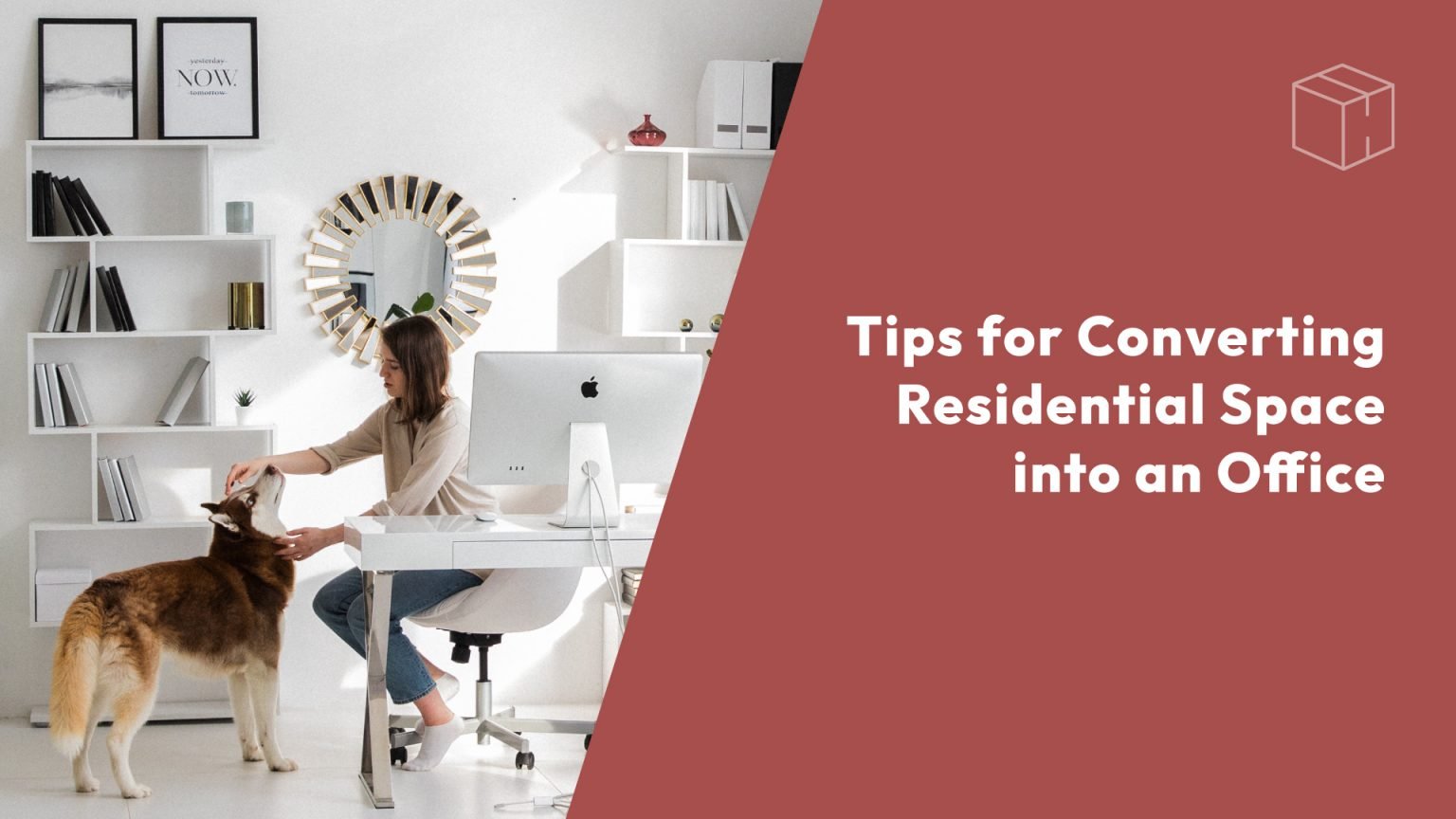Choosing Better Paint Colors
/Painting can be a great way to customize your house and make it into a home. Whether you’re just adding a splash of color or redoing entire rooms to match your favorites, a fresh coat of paint is a great way to take a home that you bought and really make it yours. Unfortunately, not everyone is great at picking the best colors for their home. After some unfortunate paint jobs, some homeowners may even wonder why they were allowed to go near a paint store at all. This doesn’t have to be the case, however.
There are a number of things that you can do to find paint colors that better match your home. You can pick up paint swatches, get some small cans to test in different colors, or even use software to see how different colors will look in your rooms. The big thing is making sure that you know how to take what you’ve learned and make your rooms look their best. Here are a few tips that may help with that.
Things to Consider
There are several things that you should think about before picking out a specific paint. One of the big considerations that many people overlook is stopping to look at the colors of your existing décor. Even if you don’t have a specific theme to your furniture and decorations, there may be predominant colors that you should keep in mind when choosing paint. Even thinking about whether most of the décor is on the darker side or the lighter side can affect your color decision.
You should also consider the type of finish you want on your walls. Depending on the paint options you’re considering, you might find colors in everything from flat and eggshell to the high-gloss paints that are typically used for trim and accents. The finish affects the shininess or flatness of the colors and can produce significantly different effects with similar colors. It can also affect how resistant the paint is to stains and dirt, with flatter colors being harder to clean while higher sheen paints are easier.
Finding the Right Color
There are a few considerations to be mindful of when it comes to actually choosing a color, too. Ideally, you should pick up swatches of multiple colors that you like and bring them home to see how each one looks with your lighting and home environment. Once you’ve narrowed it down to a few, get a few samples of the colors you like the most and actually put some paint on the walls to see how each one looks once dried. Don’t put these sample bits too close together, though, as it might be harder to tell which you actually like when you’re distracted by a number of samples right next to each other. Larger areas are better than small spots, and if you’re doing the entire room, you should try different colors on different walls.
Bring Your Walls to Life
When it comes time to paint, it may be tempting to just grab a brush or roller and go for it. That may not be the best approach, however. First you should make sure that you have everything that you need, including enough paint to cover the entire area and tools of high enough quality that they aren’t going to leave streaks or fuzz in your paint as you go. You should also go over your plans one last time, especially if you’re doing one wall in a different color as an offset or otherwise trying to use accent colors. A bit of prep time before you actually start painting can make a huge difference in the end result.
Of course, if you’re concerned about the scope of the job, you can always hire professional painters to come in and get the job done. This can take a lot of the stress off you, and they can usually offer suggestions on colors, textures, and other elements that you might not have even considered.





















